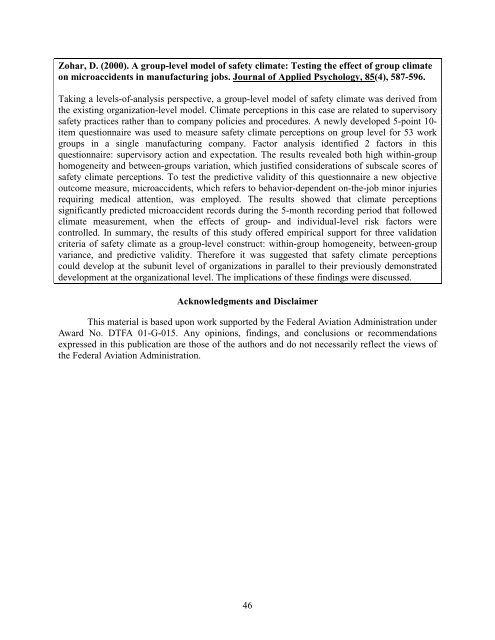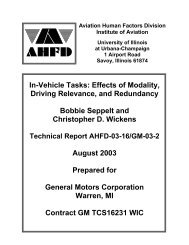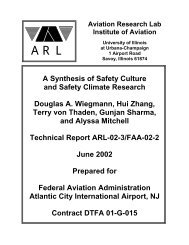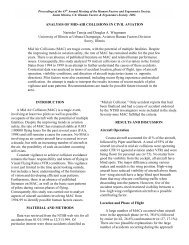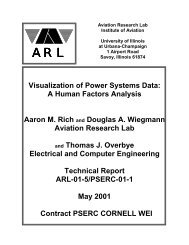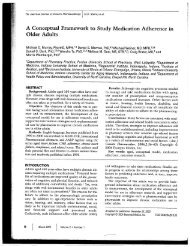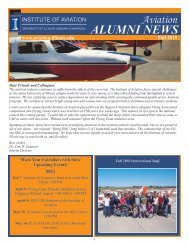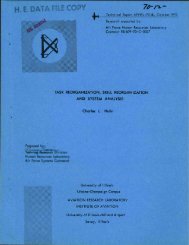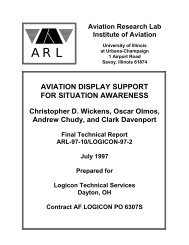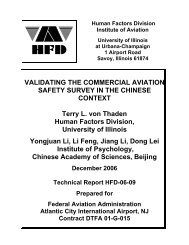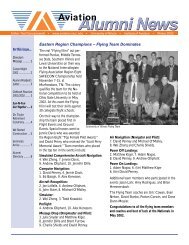Defining and Assessing Safety Culture in High Reliability Systems
Defining and Assessing Safety Culture in High Reliability Systems
Defining and Assessing Safety Culture in High Reliability Systems
You also want an ePaper? Increase the reach of your titles
YUMPU automatically turns print PDFs into web optimized ePapers that Google loves.
Zohar, D. (2000). A group-level model of safety climate: Test<strong>in</strong>g the effect of group climate<br />
on microaccidents <strong>in</strong> manufactur<strong>in</strong>g jobs. Journal of Applied Psychology, 85(4), 587-596.<br />
Tak<strong>in</strong>g a levels-of-analysis perspective, a group-level model of safety climate was derived from<br />
the exist<strong>in</strong>g organization-level model. Climate perceptions <strong>in</strong> this case are related to supervisory<br />
safety practices rather than to company policies <strong>and</strong> procedures. A newly developed 5-po<strong>in</strong>t 10-<br />
item questionnaire was used to measure safety climate perceptions on group level for 53 work<br />
groups <strong>in</strong> a s<strong>in</strong>gle manufactur<strong>in</strong>g company. Factor analysis identified 2 factors <strong>in</strong> this<br />
questionnaire: supervisory action <strong>and</strong> expectation. The results revealed both high with<strong>in</strong>-group<br />
homogeneity <strong>and</strong> between-groups variation, which justified considerations of subscale scores of<br />
safety climate perceptions. To test the predictive validity of this questionnaire a new objective<br />
outcome measure, microaccidents, which refers to behavior-dependent on-the-job m<strong>in</strong>or <strong>in</strong>juries<br />
requir<strong>in</strong>g medical attention, was employed. The results showed that climate perceptions<br />
significantly predicted microaccident records dur<strong>in</strong>g the 5-month record<strong>in</strong>g period that followed<br />
climate measurement, when the effects of group- <strong>and</strong> <strong>in</strong>dividual-level risk factors were<br />
controlled. In summary, the results of this study offered empirical support for three validation<br />
criteria of safety climate as a group-level construct: with<strong>in</strong>-group homogeneity, between-group<br />
variance, <strong>and</strong> predictive validity. Therefore it was suggested that safety climate perceptions<br />
could develop at the subunit level of organizations <strong>in</strong> parallel to their previously demonstrated<br />
development at the organizational level. The implications of these f<strong>in</strong>d<strong>in</strong>gs were discussed.<br />
Acknowledgments <strong>and</strong> Disclaimer<br />
This material is based upon work supported by the Federal Aviation Adm<strong>in</strong>istration under<br />
Award No. DTFA 01-G-015. Any op<strong>in</strong>ions, f<strong>in</strong>d<strong>in</strong>gs, <strong>and</strong> conclusions or recommendations<br />
expressed <strong>in</strong> this publication are those of the authors <strong>and</strong> do not necessarily reflect the views of<br />
the Federal Aviation Adm<strong>in</strong>istration.<br />
46


